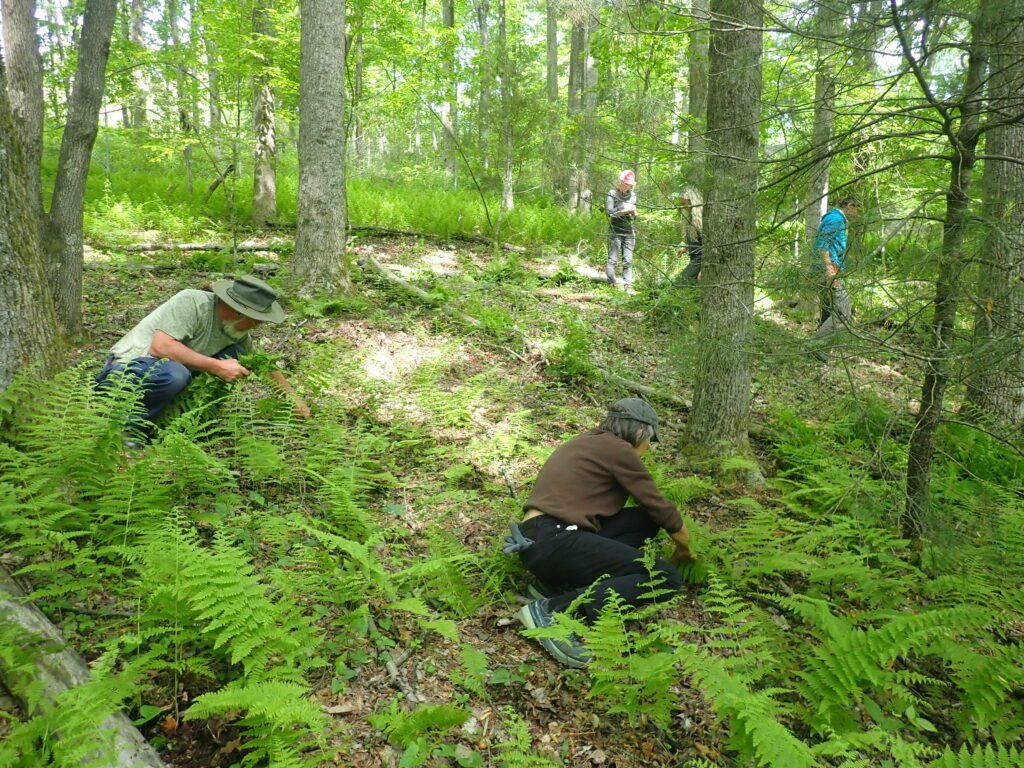An Article Exploring the Growing Threats to our Tree Species, Featuring Marc Wolf
Outdoors, TIMES UNION, May 19, 2025
By Roger Hannigan Gilson, Staff Writer, Times Union, May 17, 2025
Invasives have largely wiped out the American chestnut and elm, caused “hell” with the beech, and are now wreaking havoc on the eastern hemlock and white ash. Signs of beech bark disease on the bark of an American beech tree. It is one of five species in the region that have been severely affected by invasives in recent decades.
TANNERSVILLE — Marc Wolf steps off a trail at the Mountaintop Arboretum to examine a beech tree with mottled, bumpy bark.





